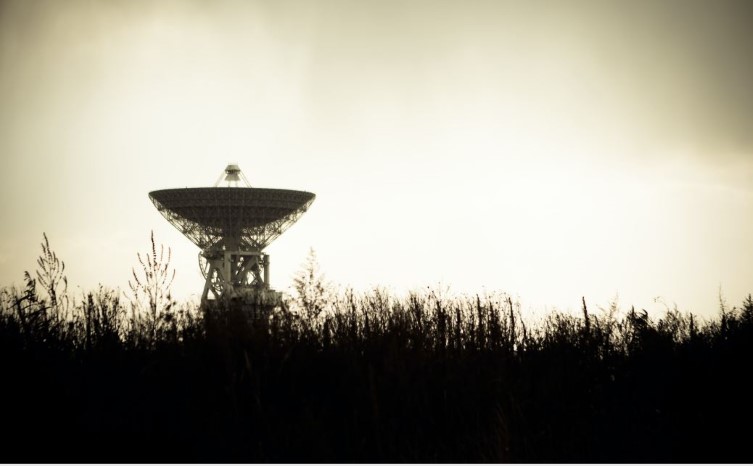The man who disproved Einstein’s General Theory of Relativity

Mount Wilson is 1,740 meters high and in winter the nights in the open dome can be very cold. One October night in 1923, while observing the Great Andromeda Nebula, Hubble noticed several stars that he at first thought were new.
But, examining photographic plates with images of the same area taken in earlier years by other astronomers, including Shapley himself, he found that at least one of them was a Cepheid and calculated its distance to one million light years.
This simple fact had a whole series of significant consequences.
The fact that the Cepheid was so far away in the Andromeda Nebula placed the nebula itself far outside the Milky Way, even by Shapley’s exaggerated calculations.
Then, the fact that the nebula contains stars (Hubble soon found eleven more Cepheids in it) classified it as a galaxy, not a nebula, and if it is a galaxy, then probably many other spiral nebulae are actually galaxies.
The universe in man’s consciousness thus increased dramatically overnight. Instead of hundreds of thousands of light years, it was now measured in millions.
However, this was only the beginning of an explosion. Astronomers began to study the universe from a new angle, and Hubble himself performed the classification of galaxies.
By measuring shifts in the spectra of light galaxies, Hubble noticed a certain uniformity that finally led him to the law (1929) that bears his name today. According to this law, galaxies move away from the Earth (and from each other), and the speed of moving away is proportional to their distance.
In other words, more distant galaxies are moving away faster. This meant that the cosmos was expanding. By observing this process backwards in time, the galaxies are collapsing into a single point in the finite past.
The Big Bang theory was based on Einstein’s General Theory of Relativity, which the famous physicist put forward in 1915. According to it, gravity necessarily causes the universe to either expand or contract. Einstein himself rather doubted the results of his own theory.
After the publication of Hubble’s research, he realized his mistake, and today all his biographies state that he considered it the biggest he had ever made.

In 1931, Einstein visited Hubble on Mount Wilson to thank him for correcting the error.
Hubble, it is said, saw as far into space as the Hooker telescope allowed. A better tool was then built and placed on Palomar Mountain in 1948. The honor of seeing the first light through that telescope went to Edwin Hubble.
In accordance with the enormous contribution he made to science and to his country, Hubble received many awards.
Edwin Hubble died in 1953 from cerebral thrombosis at the age of 63.
The last recognition of Hubble came in 1990, when the first space telescope was placed in orbit around our planet. The telescope was named after Edwin Hubble.

